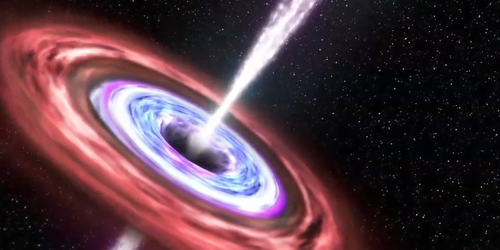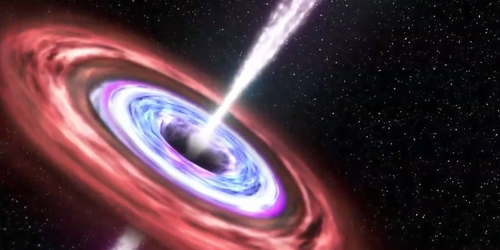Gravitational Waves Could Reveal Black Hole Origins
Recent discoveries of gravitational waves from black hole and neutron star mergers have ushered in a new era of astronomy. We now can use these long-predicted ripples in spacetime to probe phenomena that would otherwise go unseen. They could, for instance, shed light on the origin of black holes. The standard theory is that they are born from supernovae, which implies that black holes couldn’t have formed any earlier than the first stars. Savvas Koushiappas of Brown University, Rhode Island, and Abraham Loeb of Harvard University came up with a way to test this idea by calculating the earliest epoch in which baryonic black holes—those made of the matter we see in stars and planets—can form.
Assuming that the formation of black holes follows that of stars, the researchers calculate the rate at which black hole collisions should be detected at large redshifts. They find that beyond a redshift of about 40—where observed objects were formed during the first 65 million years following the big bang—the rate of collisions should drop to less than one per year. This epoch should be within reach of the next generation of gravitational-wave observatories. If these instruments find that black holes were bumping together more often than once per year during that period, then at least some black holes were formed before stars: They are either primordial remnants of the infant Universe or products of unusually dense regions that are more common than predicted by current models. Finding evidence for primordial black holes could shed light on the nature of dark matter or on the origin of cosmic structure in the early Universe.
This research is published in Physical Review Letters.
–Christopher Crockett
Christopher Crockett is a freelance writer based in Montgomery, Alabama.





